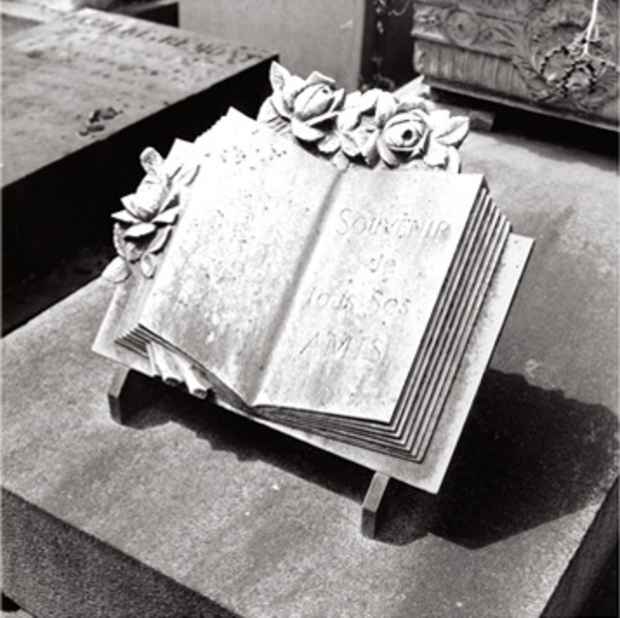Eileen Quinlan "Nature Morte"
Miguel Abreu Gallery

This event has ended.
From the onset and before anything, Ms. Quinlan’s photographic works have been still lifes - or nature mortes - that is, images depicting arrangements of inanimate, commonplace objects. Apprehended as a whole, the exhibition operates as a kind of confirmation of that basic fact. The still life, of course, is an age-old genre in the history of art. It originated in ancient Egypt with such paintings often adorning the interior of tombs, as it was believed that represented food elements and other items would, in the afterlife, become real and available for use by the deceased. One might argue that, in a sense, a similar thread of belief obliquely re-emerges in Quinlan’s new body of work. But it is more for the eye and mind to consider than for the stomach to digest that ‘trompe l’oeil’ floral arrangements find themselves disseminated in several pictures in the exhibition. More or less fragmented and refracted parts of a funerary bouquet, an artificial object at first produced to commemorate the memory of a loved one, reverses the natural cycle of life and death. Ephemeral and colorful fresh flowers constitute life-affirming offerings, but they exist simultaneously as symbolic reminders of life’s impermanence. Here the solid and long lasting, the silk or ceramic reproduction of a bouquet on a tomb, actualizes the fantasy of the immortal overtaking the fragile and mere mortal. Quinlan’s inscription 0f this narrative of transubstantiation in mostly black and white photographic objects suggests an alignment with Roland Barthes’ assertion in his late essay, Camera Lucida, that death is the logical implication of every image. But death is also the final moment of a life and the last possible photograph. Concurrently, Barthes sees the photograph as a kind of resurrection. It continues after the thing or person is gone. It ends up acquiring a life of its own, in scrapbooks, for instance, on walls or on screens, as long as a material support can bear to manifest it. One might say, further, that the past becomes as certain as the present. Through photographs, Barthes can assure himself of his mother and know that his experience with her was real. What is also to be noted in the present display is the way in which Quinlan scrambles some of the oppositions that have rendered intelligible the reception of her work to date. For example, she at times abandons the comfort of her studio practice and ventures outdoors to take pictures of fake flowers. Traces of physical and chemical friction, in some works, disturb the purity of seemingly abstract, geometrical compositions. Older pictures are mixed with newer ones. And the subtle oscillation between black and white and color posits neither chromatic register as truer than the other.
Media
Schedule
from March 20, 2010 to April 29, 2010